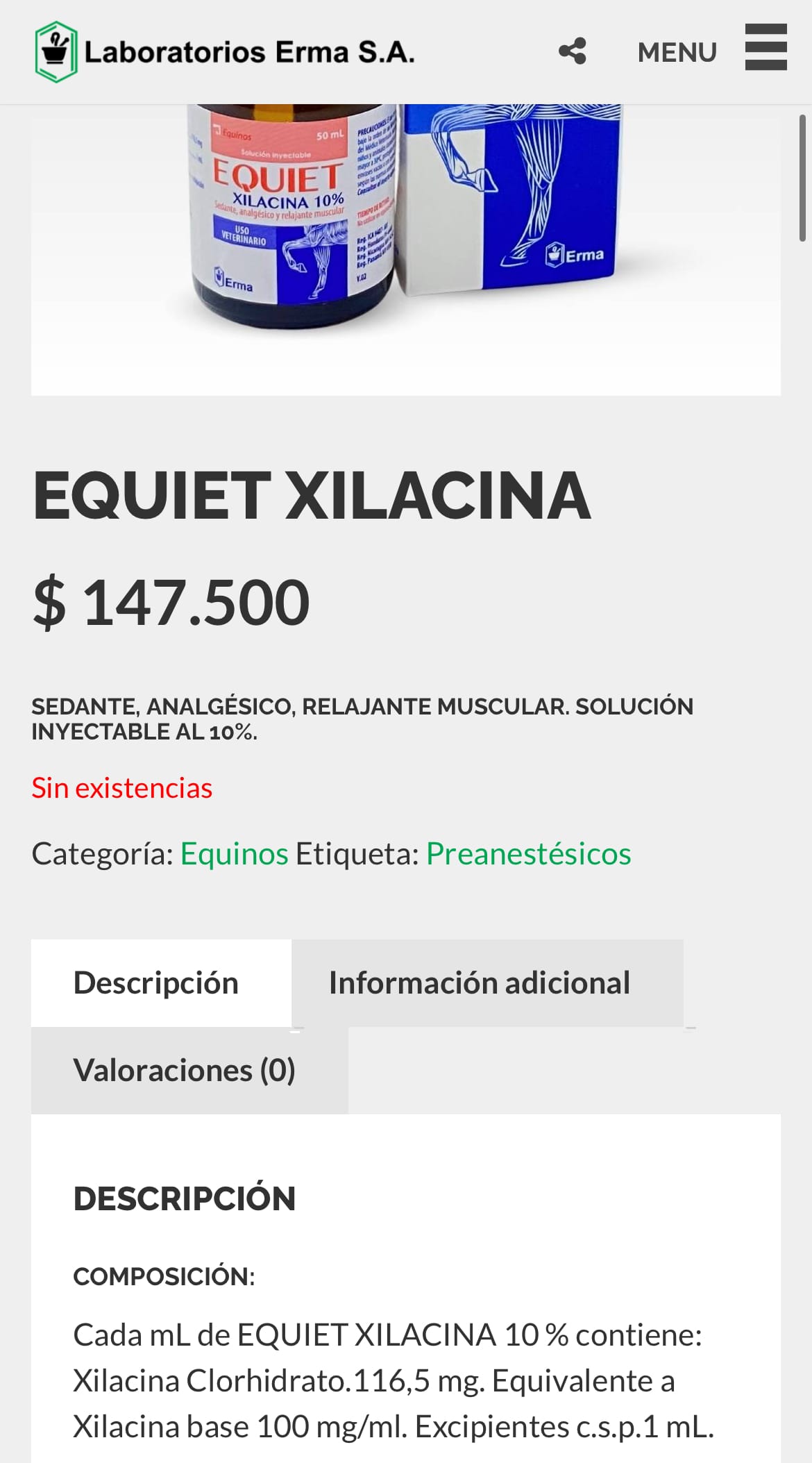Por Yuriria Rodríguez Castro
Del documento general emitido por la Casa Blanca con la firma del decreto del presidente de los Estados Unidos, Donald Trump, el mismo día que tomó posesión de su segundo mandato a la orden ejecutiva enviada a la Oficina del Ministro de Justicia el 5 de febrero del presente, la cual está dirigida al ámbito fiscal para ejecutar investigaciones, hay un camino trazado que pone fin a la creencia de que Trump aún esté lanzando una arenga sin pasar del discurso a los hechos. Este oficio envía órdenes concretas para impulsar las fuerzas institucionales del Estado hacia lo que él llama “la eliminación total de cárteles”.
La orden del Ejecutivo establece varios ejes de acción y cambios drásticos en los procedimientos hacia el pragmatismo de su política criminal: pasar de mitigar el problema con el crimen organizado a su “eliminación”, para lo cual traslada toda la fuerza del Estado al combate específico del Cartel de Sinaloa, Cartel Jalisco Nueva Generación, M-13 y Tren de Aragua, con penas de terrorismo, narcotráfico, trata de personas y corrupción.
¿Con qué ordena proceder?
Trump ordena responder con la Ley de Poderes Económicos de Emergencia Internacional (IEEPA), que fue emitida en el año 1977 y reformada en 2001, tras los ataques terroristas del 11 de septiembre, estableciendo una política criminal de combate al terrorismo. Se trata entonces no de una amenaza económica violatoria de la ley, sino de un instrumento legal de sanciones para estados de emergencia basada en el derecho penal del enemigo, que es una legislación para tiempos de guerra, especialmente adaptada al concepto de que el fenómeno terrorista se considera una “guerra asimétrica”, por eso se trata de una ampliación de la Ley de Comercio con el Enemigo (TWEA), que fue aprobada desde 1917. Esta no es la primera vez que el gobierno americano la utilizaría, ya existe el antecedente de su aplicación como respuesta a la toma de rehenes en la embajada de Estados Unidos en Irán en el año 1979.
Con la División de Seguridad Nacional (NSD) vinculándose en coordinación con las oficinas consulares y de Asuntos Internacionales para buscar cargos, así como también ordena el uso de un lenguaje estandarizado de Inteligencia para realizar un análisis descriptivo de las organizaciones criminales antes mencionadas, para lo cual pide actuar con “instrumentos de carga y órdenes de búsqueda”.
En el oficio no sólo se detalla el quiénes lo ejecutarán sino también el cómo: investigando soborno extranjero que facilite las operaciones, así como el contrabando de narcóticos y armas de fuego, de igual forma se tomarán acciones preventivas contra la “corrupción extranjera”, ordenando a los abogados litigantes de sección de fraude a proceder en los juicios, para lo cual gestiona la creación de una Unidad especializada en Prácticas Corruptas Extranjeras que tenga capacidad de avance en un lapso de no más de 24 horas para imputar cargos y poner a disposición basándose en las investigaciones de lavado y pérdida de activos, así como priorizando los decomisos.
Con las Fuerzas de Tarea Conjunta Alpha y Vulcan (JTFA-JTFV) que se enfocaban en perseguir a los llamados “coyotes” que trafican con migrantes, ahora los redirige a enfocarse en los miembros de las agrupaciones criminales que han diversificado su conducta delictiva, convirtiéndose en los tratantes de personas que han sustituido la figura del antes llamado “coyote”, por lo que estas Fuerzas de Tarea Especial trabajarán en coordinación con la Oficina del Fiscal General en supervisión conjunta con el Fiscal Adjunto, recibiendo apoyo directo de la División de Seguridad Nacional (NSD) y de la División Criminal. Estos batallones de Inteligencia en campo habrán de incrementar su presencia y protagonismo a partir de la emisión de esta orden ejecutiva, según señala el documento.
Inteligencia contra elaboración de drogas
Uno de los puntos más destacados es la orden para hacer cambios en las listas de sustancias prohibidas para colocar al fentanilo en la zona de mayor riesgo adictivo, así como también se ordena catalogar a la Xylazine o Xilazina como un fármaco de uso no humano, pues al ser mezclado con el fentanilo, produce una mayor letalidad. En este punto existe una adecuada apreciación, ya que se trata de un fármaco analgésico veterinario de uso común, lo cual tendrá repercusiones en el mercado farmacéutico mexicano, pues su venta es totalmente abierta y muy económica.


Algo parecido ocurre con algunas sustancias químicas que se han utilizado para la elaboración de cocaína y metanfetaminas, que el mercado farmacéutico resiente de inmediato. Por ejemplo, nadie en México se ha dispuesto a hacer una investigación de porqué la magnesia en polvo aumentó de precio y escasea hasta casi desaparecer de las farmacias: el asunto aquí es que la magnesia en polvo se usa para potenciar al agonista cocaína y los antagonistas de las anfetaminas, específicamente con el haloperidol de la epinefrina, por lo que tendría que realizarse una investigación de qué hace casi extinto este insumo y quienes lo están demandando a los proveedores.
Uno de los aspectos más interesantes de la orden Ejecutiva de Trump dirigida a la Oficina del Ministro de Justicia, es la instrucción de cambiar la lista de sustancias controladas e incluir a la Xilacina, mejor conocida en la calle como tranq, que es un tranquilizante de uso veterinario, el cual se consume entre los adictos tanto de forma aislada como también en la mezcla con fentanilo, que lo hace más adictivo y letal.
La Xilacina será un reto para Trump, pues su comercio es abierto; el arribo de este medicamento veterinario y su combinación con fentanilo, nos habla de que los grupos criminales han mejorado los métodos y procedimientos químicos con profesionales especialistas en química farmacéutica, pero también con ingenieros químicos industriales, lo que obliga a generar una tipología que insta el presidente de EU a realizar, específicamente a las áreas de investigación quienes tendrán que describir y clasificar los procesos de producción, al serializar las máquinas de presión para elaborar pastillas, facilitando así su seguimiento.
Lo que resulta en una medida importante, pues esta misma serialización la tienen las armas de fuego en la caja de carga de proyectiles, lo que dificulta el tráfico de la pistola entera, llevando a los traficantes de armas de EU hacia México a sólo contrabandear las partes, pero una vez que llegan a territorio mexicano se requiere un ensamblador que las una para evitar así su rastreo. La información de ATF es que grupos como CJNG ya clonan las cajas con los números de serie, por lo que esta medida de control, como casi todas, será temporal, mientras las organizaciones criminales se adaptan y muy seguramente comenzarán a clonar las máquinas para la fabricación de tabletas. Sin embargo, esto sí ayudaría a que no se facilite su elaboración y a que el uso de esta maquinaria requiera del respaldo directo de la gran infraestructura del narcotráfico, comprometiendo aún más la detección del grupo criminal.
Uno de los problemas de cooperación con EU podría resolverse desde los trabajos conjuntos de Inteligencia, pero tal parece que el gobierno de Claudia Sheinbaum no se ha percatado que dicha colaboración entre gobiernos podría ser una forma de atenuar las represalias de Trump contra México; basta ver lo fácil que es comprar una máquina para elaborar pastillas en el sitio Mercado Libre: las hay desde muy sencillas hasta de gran calidad industrial, ¿por qué no comenzar por ahí sin comprometer la tan aludida soberanía?

La regulación de maquinaria para elaborar pastillas es una medida que podría reducir la proliferación de laboratorios pequeños de fentanilo, que son los que proliferan en México, ya que grandes laboratorios se han encontrado más en regiones como Canadá, porque la geografía y actividades de este país generan estas condiciones. Sin embargo, como hemos dicho, cada medida es temporal, pues los narcotraficantes encontrarán la forma de clonar la maquinaria y habrá que tomar en cuenta alguna otra medida posteriormente.
También es relevante la atención que se pone en este documento oficial a la ley sobre elaboración de fármacos, especialmente en el apartado sobre recubrimientos de tabletas de imprenta, procesos que se utilizan en la clonación de pastillas rotuladas como Xánax, pero que ocultan dosis de fentanilo letales. Este método es muy utilizado por los narcotraficantes, cuya función cada vez se enfoca más en la tecnología de la producción para el ocultamiento de la droga y no en experimentar con el tráfico de los estupefacientes.
Si entendemos que el narcotraficante es cada vez menos “traficante” y más productor de drogas sintéticas, entenderemos porqué la denominación de terrorismo se acerca más a sus actividades. En México hay mucho por hacer en Inteligencia sobre elaboración de drogas sintéticas, pero no existe ni el interés por el conocimiento, ni la intención por combatir a fondo un problema que en la superficie pareciera solo tráfico de estupefacientes.
Los cambios en la orientación de Inteligencia contra cárteles y pandillas terroristas
En materia de Inteligencia hay que reconocer cambios radicales en la orientación de funciones y objetivos, uno de los más notables es el de redirigir las fuerzas hacia el CJNG como prioritario, algo que se diferencia a cuando en otras administraciones del gobierno americano se concentraron las labores en el Cartel de Sinaloa.
La búsqueda por mejorar los procedimientos de comunicación interna de las áreas de seguridad e Inteligencia en los organismos correspondientes es algo muy importante en cualquier área de Inteligencia, pues al homologar o “estandarizar” el lenguaje, también se mejora la comunicación. Esto tiene muchas repercusiones, de hecho, es una necesidad en los servicios de Inteligencia de cualquier nación, pues al lograr un lenguaje codificado que todos compartan y entiendan por igual, se podrán hacer más eficaces las investigaciones.
Los códigos de Inteligencia tienen que evolucionar más allá de los códigos de los mensajes criminales, es algo que siempre hemos hecho notar y que las autoridades mexicanas podrían aplicar desde hace mucho tiempo, tal como sí ocurre en Francia y España, donde los códigos de identificación para elaborar mapas y redes de organizaciones se han mejorado, buscando la estandarización del lenguaje en todos los niveles.
La corrupción, principal frente de batalla
El documento en cuestión es breve, pero claro en sus propósitos: un frente migratorio, otro hacia la extradición de líderes específicos de organizaciones criminales, otro hacia la pena de muerte, uno más hacia la coordinación diplomática con la estandarización del lenguaje de Inteligencia en fiscalías y áreas consulares, otro hacia la trata, el tráfico de drogas y armas, uno más hacia el combate a la producción de opioides sintéticos y, finalmente, otro hacia el combate a la extorsión por encima del lavado de activos.
El diagnóstico del gobierno de Trump encuentra su principal acierto en entender que el problema central del combate a las organizaciones criminales no está en hacerles frente igual que siempre, como si se tratara de desviaciones sistémicas, sino como parte del sistema político y de gobierno, tanto del de Estados Unidos como el de México y Canadá. Tal parece que el gobierno mexicano no ha leído a detalle los documentos de las designaciones y los cambios incluso operativos que ordena, pues en todo momento empieza por la “propia casa”, reconociendo que hay agentes corruptos del lado de su frontera, para los cuales existe una legislación local, pero para casos de corrupción extranjera en EU, se requieren instrumentos legales extraterritoriales.
La estandarización del lenguaje de inteligencia es fundamental para evitar y prevenir fisuras de corrupción, tan así lo apunta el documento que dice: “Lenguaje estandarizado para los fiscales federales de todo EU que describa a Tren de Aragua, MS-13, Cartel de Sinaloa y CJNG”. Este punto es muy relevante para evitar fallos en los procesos o salidas legales que favorezcan las defensas de los imputados por actividades criminales.




